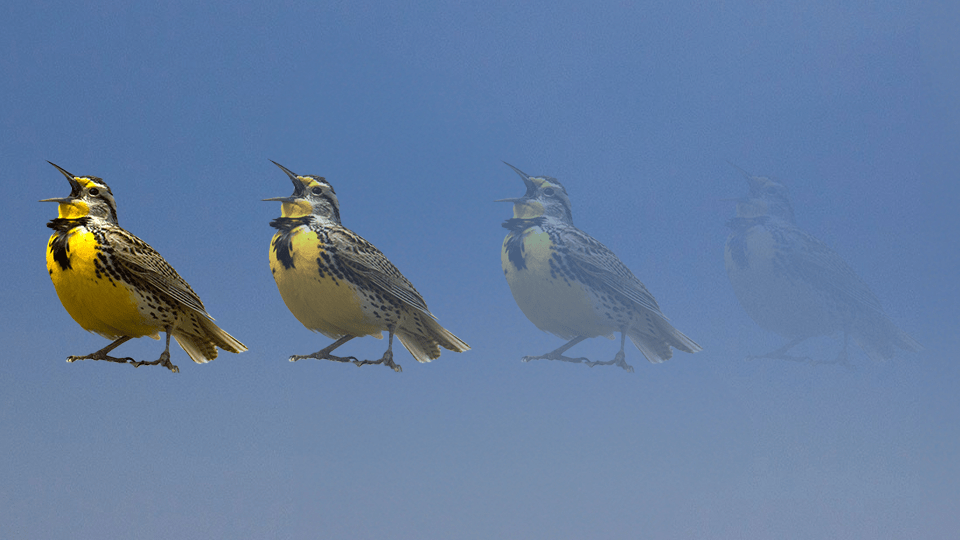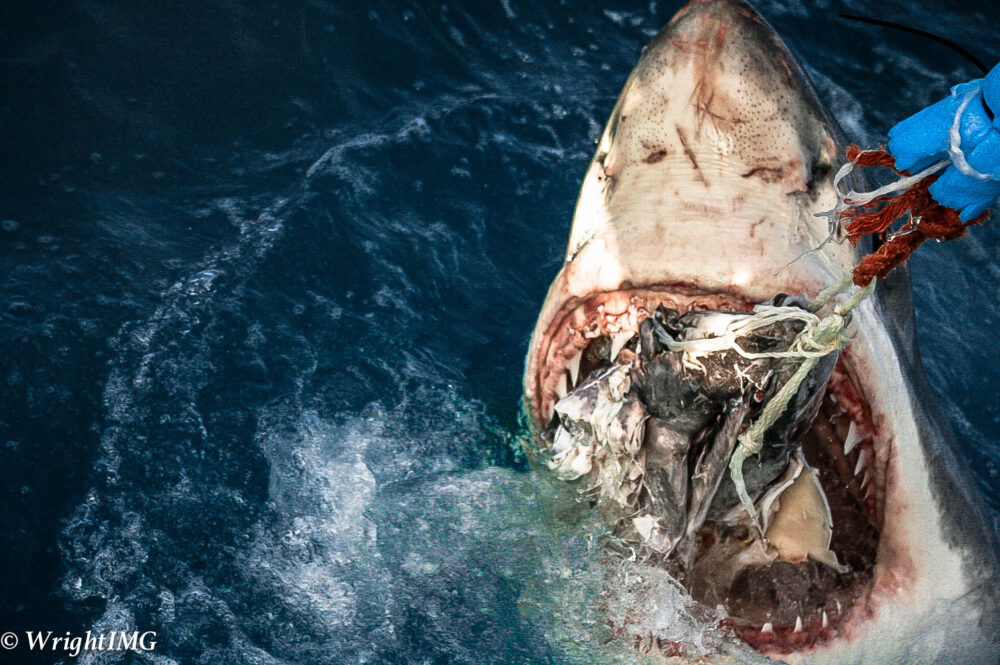We have much more to do and your continued support is needed now more than ever.
The Fascinating Things About Creatures That Swim
 With the 2011 National Wildlife Week theme of “animals that move us,” we have dedicated Wednesday to take a closer look at swimming. Wildlife species of all kinds swim, and many have their own unique styles, speeds and approaches. Among the most numerous swimmers are fish. There are about, 20,000 known species in the world and, as the depths of the oceans are explored new species turn up nearly every day. Here are some curious facts about creatures and their swimming.
With the 2011 National Wildlife Week theme of “animals that move us,” we have dedicated Wednesday to take a closer look at swimming. Wildlife species of all kinds swim, and many have their own unique styles, speeds and approaches. Among the most numerous swimmers are fish. There are about, 20,000 known species in the world and, as the depths of the oceans are explored new species turn up nearly every day. Here are some curious facts about creatures and their swimming.
The Fastest Swimmers
The sailfish is considered the fastest swimmer among fish, often reaching 70 mph. Although a black marlin was recently clocked at 80 mph so the sailfish record may fall to its cousin.
The fastest swimming mammal is the orca (often called killer whale) which can swim over 55 mph but the Dall’s porpoise of the north Pacific has been clocked at the same speed.
We all know that birds can fly fast. In flight, the fastest bird is the spine-tailed swift of Siberia which can reach speeds in excess of 100 miles per hour, but the fastest bird in the water is the Gentoo penguin, which swims at about 22 mph. (Watch this video of a Gentoo swimming madly to avoid a pod of hungry orcas.)
The Gentoo’s speed is about the same as the fastest sea turtle, the leatherback.
Using a different mode of movement, squid can achieve 25 mph through a form of jet propulsion.
 The Deepest Swimmers
The Deepest Swimmers
Scientists once thought that the deepest parts of the ocean were too dark and cold to sustain life. But they have been discovering that the deep ocean holds a rich ecosystem of many living forms.
For example, they have recently found a type of snailfish that lives happily nearly five miles down where the water pressure is almost unimaginable. (Watch this video of these true denizens of the deep.)
People are also often amazed to learn that whales once lived on land and liked swimming so much that they went back to living in the sea. These sea-going mammals can dive down to some of the deepest parts of the ocean. The sperm whale routinely dives to depths of 10,000 feet (about two miles) to hunt for giant squid.
Slowest Swimmer
Scientists believe that the sea horse is the slowest fish in the ocean. It moves along at about 0.01 (one hundredth) mph. (Watch this video shows how the sea horse swims.)
Largest Swimmers:
The whale shark is the largest fish in the sea. One was measured at 41 feet in length and weighed over 35 tons. This (Watch this video of divers swimming near a whale shark.) However, the blue whale (a mammal) is the largest living creature. Adult blue whales can reach 100 feet in length and 200 tons in weight.
The largest giant squid ever recorded was captured in the North Atlantic in 1878. It weighed 4 tons and its tentacles measured 10 m (35 ft) long.
The heaviest crustacean ever found swimming along the bottom was a lobster weighing 42 lbs, caught in 1934.
Secret Swimmers
Some animals have reputations for not being able to swim or being afraid of the water. Take cats, for example. The truth is cats can swim. Some cats, such as the jaguar of South and Central America are excellent swimmers. Tigers are good swimmers too as it turns out.
With primates, most indications are that gorillas do not swim but that chimpanzees are swimmers, if reluctantly.
Other animals that are identified as not being able to swim range from camels to armadillos (although the long-nosed armadillo of South America is an armadillo species that can swim).
Unconventional Swimmers
Some fish swim vertically. The sea horse is one example but there are many others in the fish world including the razor fish or shrimp fish, that swim a vertical position.
Many fish can swim backwards. Eels are best known for this.
Anadromous species, such as salmon and shad, live in the ocean and travel up rivers to spawn. These fish know to return to the same place from which they hatched.
 Just Plain Different
Just Plain Different
Once in a while, something unexpected will happen. Forget about the Loch Ness monster. One time, in 2007, a deer was sighted miles from the shore in the Chesapeake Bay. The fisherman who saw the deer took her on board his boat and released her safely on shore.
Another animal that is simply fascinating to watch in the water is the elephant. (This video shows elephants swimming in deep water from an underwater perspective.)
Polar bears are also champion swimmers. Recently, however, a lack of ice in the Arctic Ocean forced a particular polar bear to have to swim 426 miles over nine straight days to reach an ice flow. The bear lost 100 pounds and a cub, and reminds us, during National Wildlife Week, of how important it is to protect natural environments worldwide – especially those of champion swimmers.





















